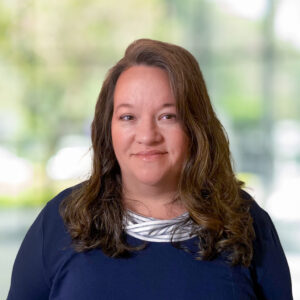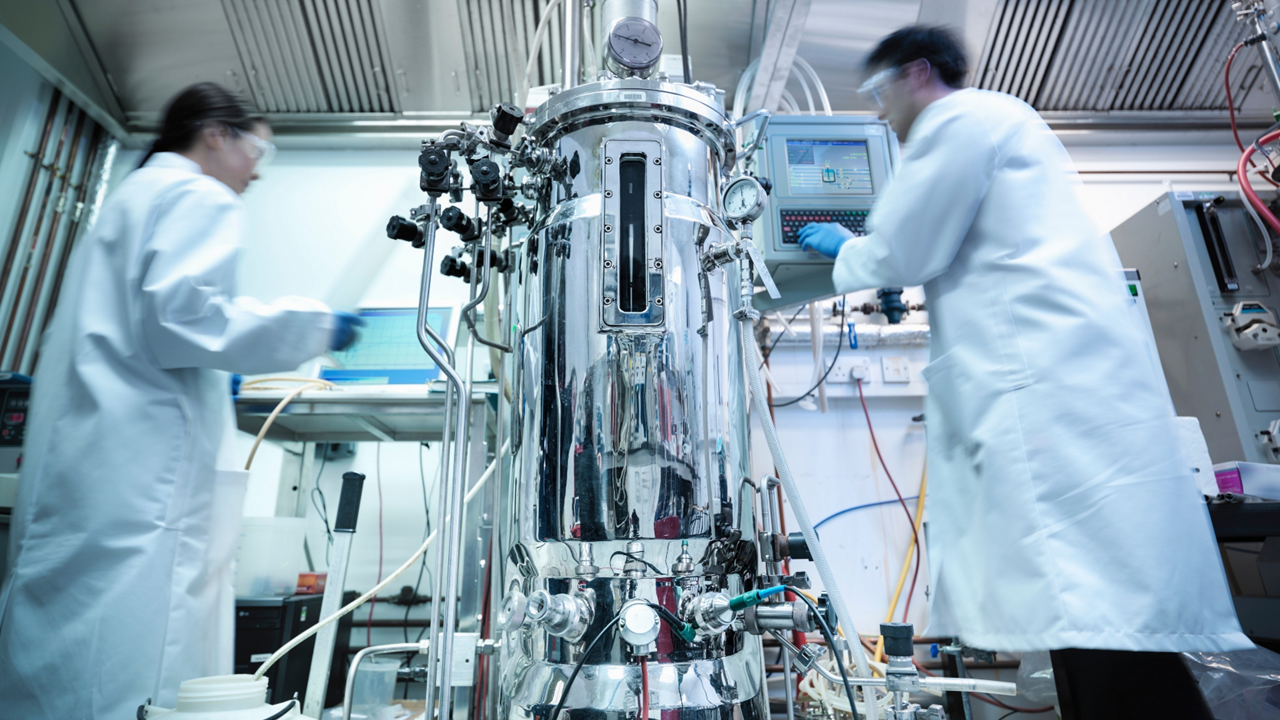The US Food and Drug Administration (FDA) defines a rare disease as a disease with fewer than 200,000 patients in the US. Paradoxically, despite this apparently low number of occurrences, over 7,000 rare diseases affect a staggering 30 million patients in the US alone, thereby necessitating solutions to advance their development and ensure a flawless journey from vein-to-vein.
To add another intricate layer to the quest for treating rare disease patients, many require personalized gene therapies to provide curative treatment. This class of therapies falls under the broader advanced therapy medicinal products (ATMPs) umbrella, which encompasses everything from cell and gene therapies (CGT) to tissue engineered prosthetics. Despite recognition certain ATMPs pave a road to a potential curative “one-shot” treatment, there are many complexities to ensuring consistent manufacturing and supply chain solutions for development and delivery.
Of the rare diseases known today, 3,330 are monogenic, meaning a single gene mutation issues a symptom of the disease, which makes them a potential target for gene therapy. This is a great source of hope for those suffering from rare conditions, but the barriers from identifying a mutation to delivering a therapy to patients are considerable. The traditional model of a visit to the doctor followed by a trip to the pharmacy for a prescription does not apply, and therefore patients need alternative access to complex therapies and an adaptable plan of care best delivered through a capable clinical supply chain.
Marken’s VP of CGT & Patient Services, Leanne Boytler, says, “A critical part of our operational planning is to facilitate pathways for patients to receive care, while minimizing transit time and touch points from specimen collection to final delivery. The resources involved with developing and manufacturing a novel therapy for a rare disease are extensive and costly; thus, delivering these life-critical therapies requires sophisticated solutions in the supply chain to ensure their safe passage from bench to bedside.”
Decentralized Solutions for Empowering Rare Disease Studies
One of the major challenges in finding a cure for a rare disease, genetic or otherwise, is the population of diagnosed patients is small and dispersed, making concerted studies challenging. The gold standard of randomized, double-blinded, placebo-controlled clinical trials is not effective in rare disease trials where a control arm would be unethical in many cases.
“In the more geographically dispersed locations, there is potential for import delays. It is vital to consult with trade compliance teams in advance to agree on both export and import requirements to avoid delays during transit.”
— Leanne Boytler, VP of CGT & Patient Services, Marken
Instead, researchers may opt to undertake a natural history study where medical history and routine baseline evaluations are assessed to identify patient populations at risk and specific trends as an alternative. This is where an experienced, capable clinical supply chain assists by bringing in rigorously proven services for administering care and collecting info from patients anywhere in the world.
“Thorough risk assessments and lane mapping are key to ensuring the patient receives their treatment at the right time and in the right condition, even when located in remote areas,” continues Leanne.
The odds of having sites of care in proximity to rare disease patients are often low. Therefore, it is critical to lean on decentralized options overseen and administered by experienced project managers in various fields, from cryogenics to logistics.
Xtalks Clinical Edge Issue 2: Multi-Dimensional Logistics from Marken, a UPS Company
Learn about multi-dimensional logistics for tomorrow’s advanced therapy lifelines from Marken, a UPS Company.
Xtalks Clinical Edge is a magazine for clinical research professionals and all who want to be informed about the latest trends and happenings in clinical trials. This magazine allows you to dive into a world where industry leaders, patient advocates and top researchers converge to bring you the sharpest insights in clinical trials.
Streamlining Regulatory Approvals and Building Awareness
Regulatory approval processes for ATMPs to treat rare diseases are another challenge, but there is a light at the end of the tunnel with novel measures in place. Regulations to accelerate approvals for these therapies, such as the Orphan Drug Act of 1983, ensure market exclusivity for 7 years and tax benefits to developers, while reducing wait times and fees to the patient.
In response to a backlog of regulatory approvals for these rare disease therapies, the FDA created the Office of Therapeutic Products in early 2023, lending additional resources and solutions to its arsenal ― dedicated project managers, improved guidance documents for accelerated approvals and additional communication channels across regulatory bodies to democratize patient access.
This regulatory commitment is also an indicator ATMPs are here to stay, and the results are evident. In December of 2023 alone, two approvals for Casgevy and Lyfgenia were issued for sickle cell disease, a rare disease responsible for the deaths of 25,665 people in the US from 1979 through 2017.
Whereas well-recognized diseases are backed by billions of dollars and an infrastructure from specialized hospitals, research facilities and a multitude of treatment options, rare diseases have limited funding and typically gain recognition when parents of afflicted children join to form an advocacy group. Once enough visibility is gained, these groups seek to leverage funding for the R&D necessary to reach the clinical trial stage, often banding together with other disease advocacy groups to get the necessary recognition.
For example, The National Tay-Sachs and Allied Disease Association began as a Tay-Sachs advocacy group but now includes other leukodystrophies, such as Canavan disease, GM1 gangliosidosis disease and Sandhoff disease. These advocacy groups are instrumental in reaching patients for clinical trials and awareness.
Precision Logistics for Accessibility and Increased Efficacy
Once these patients have been identified and enrolled, treatment centers to administer the drug must be identified. Often, these centers are distant, potentially outside the patient’s native country, creating another obstacle for access and imposing additional costs, yet another challenge mitigated by a flexible network and supply chain.
There are many factors for the high cost of ATMPs, and the most significant is the manufacturing process parameters. Julia Tarasenko, Marken’s SVP, Global Commercial Operations & Sales, further elaborates, “For gene therapies, many of which are based on adeno-associated viral manufacturing processes, the therapies are manufactured in large bioreactors requiring hundreds of liters of media, specialized supplements, reagents and highly skilled personnel to seed, monitor and harvest the preparation.”
This is the only way therapeutic efficacy is achieved considering the extremely high numbers of viral genomes per mL required for a single patient dose (often in the hundreds of trillions of total viral particles per patient). Unfortunately, this delicate process drives up the cost of goods sold, anywhere up to $3.2M per dose. This makes therapies even costlier and less accessible to patients, adding to the risk profile of transporting them safely.
Fortunately, there are now reimbursement options being explored to cover some of the costs through private insurance and public healthcare initiatives. Furthermore, using advanced tools, such as Marken’s CGT control towers and real-time temperature and GPS loggers, it is possible to completely oversee safe passage and rapidly pivot strategies when necessary.
“The lower the patient cohort, the fewer batches of treatment are available. At Marken we understand the material is often produced in small quantities and extremely expensive for the manufacturer. For this reason, Marken has adopted a hypercare model for all rare disease shipments, as we know any impact on quality has severe consequences.”
— Julia Tarasenko, SVP, Global Commercial Operations & Sales, Marken
Using an expansive and agile supply chain, Marken lowers costs for material procurement during development, manufacturing and in flexible methods to support sponsors conducting clinical trials for research. A well-structured clinical supply chain makes a diverse, equitable clinical trial in rare disease possible by providing widespread access to both patient populations and the experts supplementing data collection alike.
Being able to reach a variety of test subjects to ensure there is a proper data set providing evidence of a therapy’s efficacy helps avoid failed trials and improves patient adherence. Likewise, a well-planned logistical infrastructure facilitates the ability to deliver ATMPs and their components effectively. This can be especially important for autologous or personalized therapies, where the patient is already extremely sick, and often has a single attempt to cure them of their disease, necessitating flawless delivery to and from patients and manufacturing sites.
A well-connected pathway of current Good Distribution Practice (cGDP) and current Good Manufacturing Practice (cGMP) regulates depots containing cryogenic and ultracold freezers, liquid nitrogen and dry ice access points, as well as other support facilities connecting a network of hard-to-reach areas. This is the ideal posture Marken has created to make the future of healthcare possible.
Embracing Technology and Collaboration to Accelerate Progress
There is another silver lining for the challenge of cost and accessibility in recent developments with the advent of new technology currently being adopted throughout the industry. As ATMPs are expanding, stakeholder organizations are simultaneously embracing digitalization and adopting innovations leading to Pharma 4.0 — the next major milestone for optimizing efficiency and capabilities aligned with internet-connected systems. We see automation playing a significant role in managing workflows, streamlining regulatory processes and elevating sample viability using “hands-off” methods.
Artificial intelligence is enhancing manufacturing with rapid data analysis, evaluating checkpoints for integrity and assessing big data sets for best practices. These advances allow human operators the freedom to be productive in other areas or ways, and developments spawned from these innovations improve the consistency of ATMPs during production and cold chain logistics, reducing waste and delivering cost savings.
These innovations are arriving at a perfect time in the history of ATMPs; the complexities of manufacturing, storing and distributing this next generation of medicines is now demanding advanced visibility and rigorous adherence to cGMP and cGDP. This necessitates the seamless use of digital platforms to handle the copious amounts of data required to ensure therapeutic efficacy while maintaining chain of custody and chain of identity of these ultra-sensitive biological materials.
The challenges in dealing with rare diseases and mainstream adoption of ATMPs are not limited. Outside of obstacles like development and accessibility, there are rare cases where the body rejects ATMPs, incidents that only support the need for more extensive research.
As is often the case, the answers to many of these challenges come in the form of collaboration. Shared strategies, investments and responsibilities between stakeholders provide the best opportunity for success and lean on valuable resources supporting the future of medicine ― flexible supply chains capable of bringing healthcare to the patient and technologies expediting and enhancing processes.
From this perspective, we see collaboration clearly playing a major role. Partnerships between the private sector, academia, regulators and patients foster a well-rounded approach to harnessing the enormous potential of ATMPs, and we have found these to be winning strategies to help sponsors deliver advanced cures.
Ultimately, when considering a patient’s rare disease prognosis, treatment options and the long-term suffering patients and their families endure, is it acceptable to offer anything less?

As Senior Director of Cell and Gene
Operations at Marken, Rohin Iyer brings over
15 years of experience leading laboratory
work focused on stem cells, tissue
engineering and regenerative medicine.

Terra is a Project Manager of Cell and Gene
Therapy Shipments at Marken. She has over
15 years of experience leading laboratory
operations in disease research.

Robert is a Global Content Manager at
Marken. His experience in writing and
public relations brings over a decade of
experience producing technical and
mainstream content.











Join or login to leave a comment
JOIN LOGIN